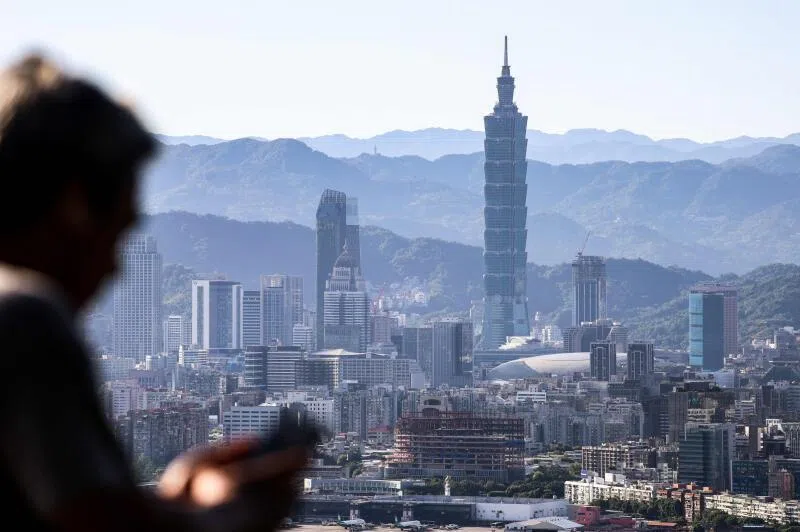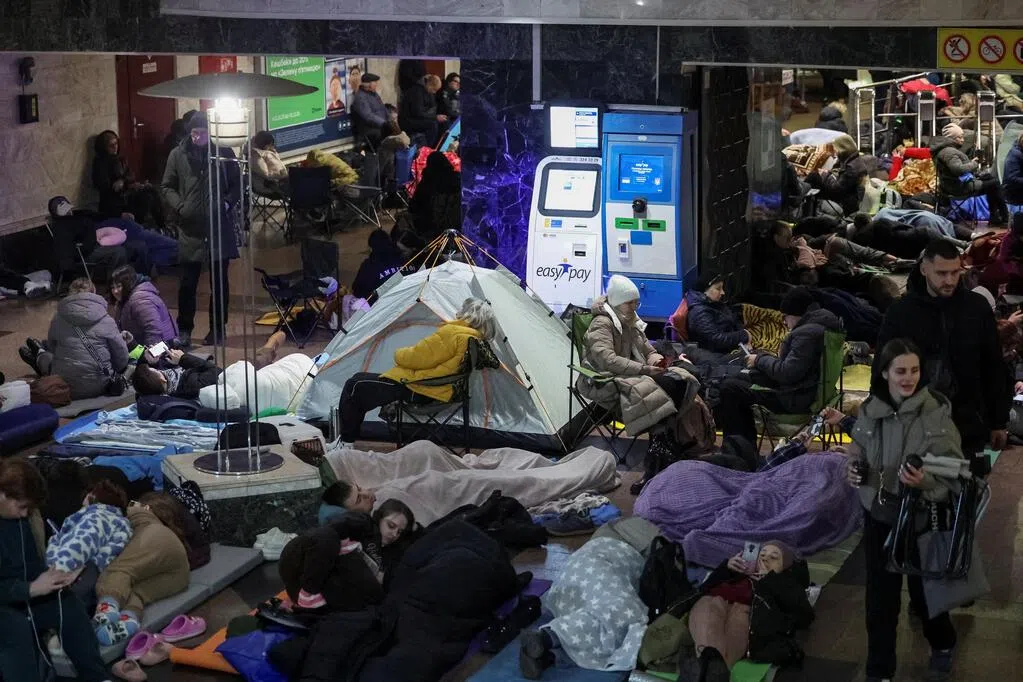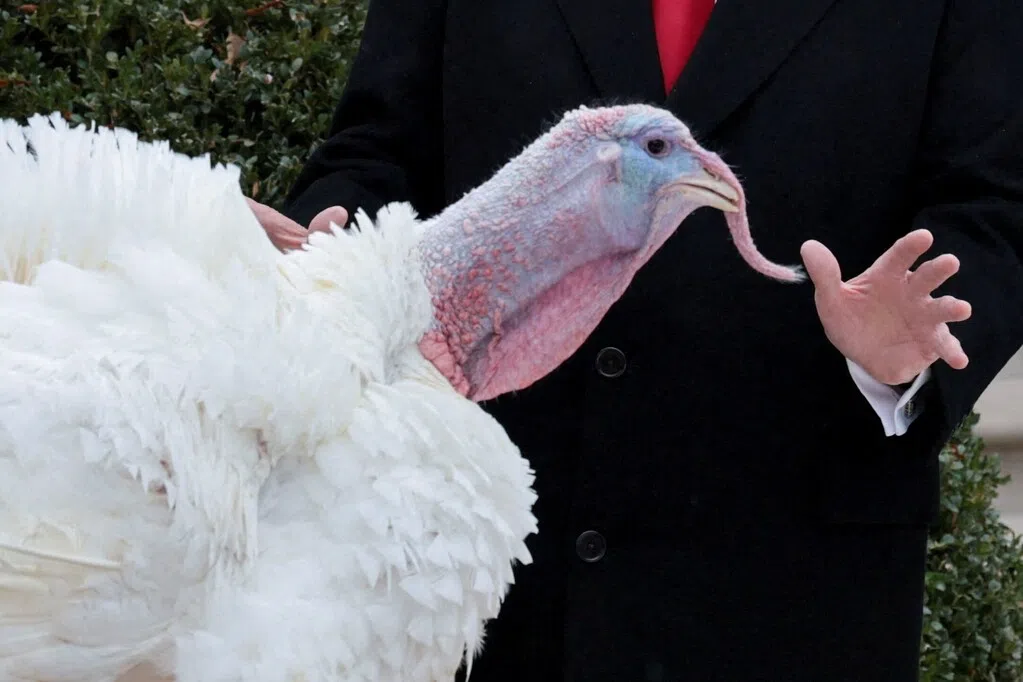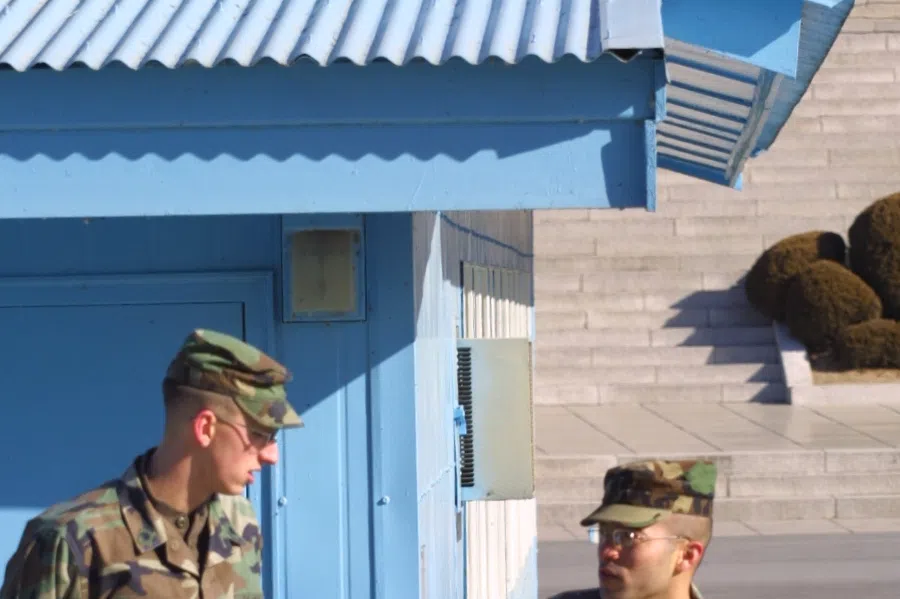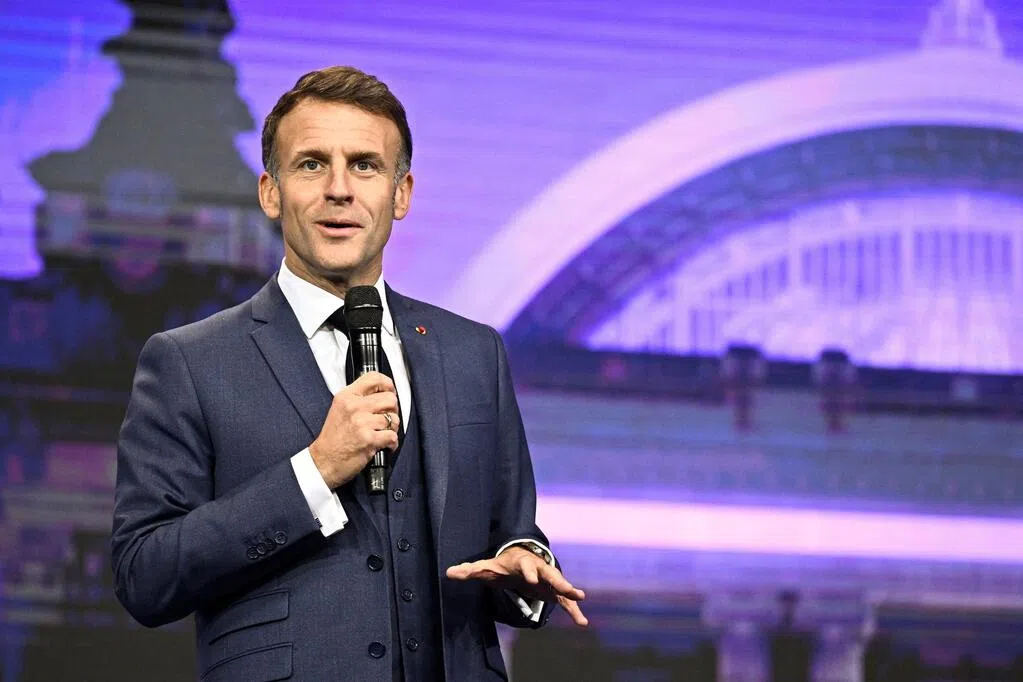(Tokyo/Washington) Japan and the United States will cooperate on rare earth mining in waters surrounding a small Pacific island. The two countries previously reached an agreement to work together to reduce their dependence on China for this crucial mineral.
Japanese Prime Minister Sanae Takaichi told the Diet on Thursday (November 6) that the Japanese government will begin a trial mining experiment in January next year, collecting rare earth-containing marine sediment from a depth of about 6,000 meters near Minamitorishima Island. She revealed that surveys show rich rare earth deposits in the waters near Minamitorishima Island, located about 1,950 kilometers southeast of central Tokyo.
Takaichi pointed out that securing multiple sources of rare earth resources is crucial for both Japan and the United States, and the two countries will explore specific ways to cooperate on rare earth mining in the waters surrounding Minamitorishima Island. She said the rare earth agreement was a key achievement of her meeting with US President Trump last month.
Rare earth elements are key materials in the manufacture of various products, including semiconductors, electric vehicles, and weapons. China controls nearly 70% of the world's rare earth production. China suspended rare earth supplies to Japan in 2010 due to the Diaoyu Islands dispute, prompting Japan to seek to reduce its dependence on Chinese rare earths for many years.
The US Seeks Key Minerals from Five Central Asian Countries
Meeting with leaders of five Central Asian nations at the White House on Thursday, Trump stated that key minerals are a US priority and emphasized his administration's efforts to expand and secure US supply chains through new global agreements.
Further Reading
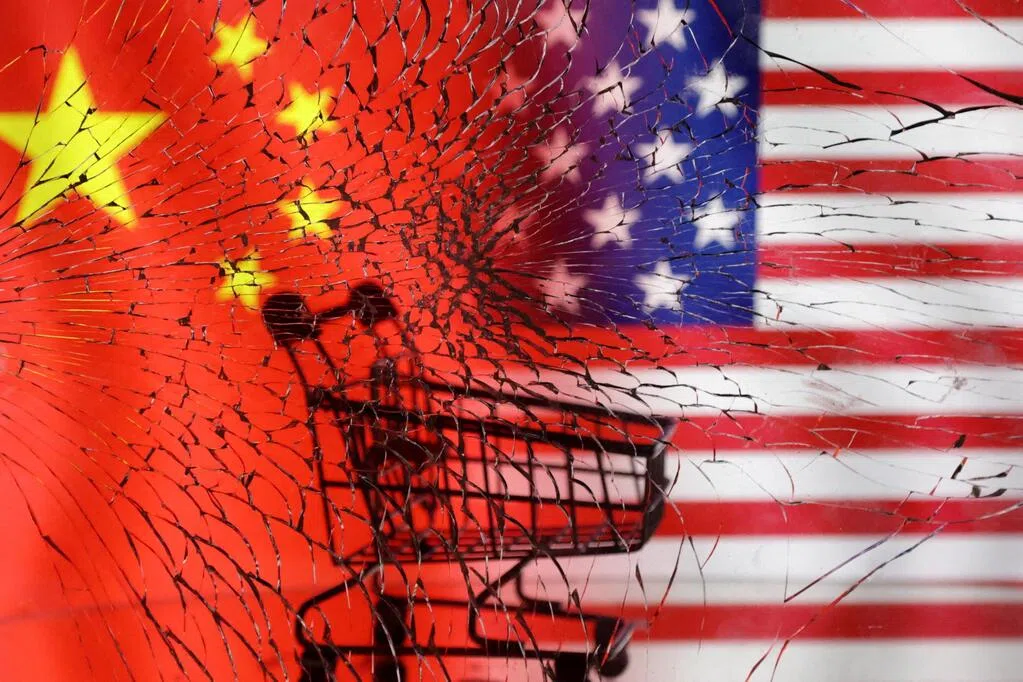
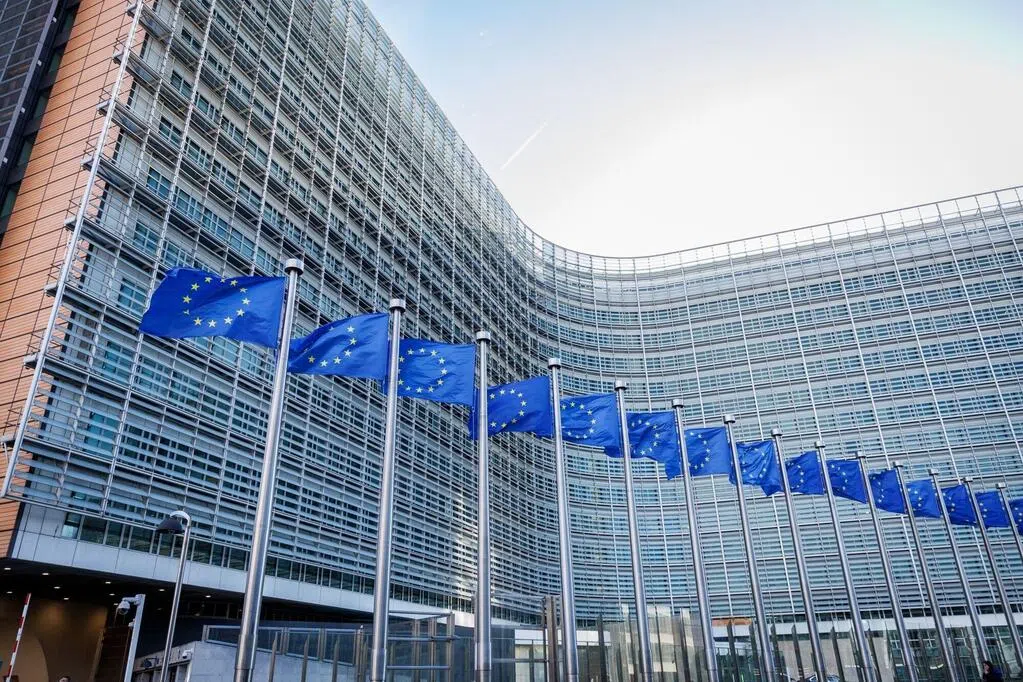

Kazakhstan, Kyrgyzstan, Tajikistan, Turkmenistan, and Uzbekistan—five Central Asian countries rich in minerals and energy—are expected to have key mineral cooperation agreements signed with the Trump administration.
Trump later announced on social media that a trade agreement had been reached with Uzbekistan, under which Uzbekistan plans to purchase and invest more than $100 billion (approximately S$130 billion) in key U.S. sectors over the next decade, including key minerals, auto parts, and aerospace.
Trump described Central Asia as an "extremely resource-rich region" and pledged to strengthen U.S. partnerships with the five Central Asian countries. He also stated, "In recent weeks, my administration has strengthened U.S. economic security by reaching agreements with allies and partners around the world to expand our critical mineral supply chains."
The U.S. Adds Copper to Critical Minerals List
The Trump administration also announced on Thursday that it was adding 10 more minerals to its list of critical minerals essential to U.S. economic and national security, including copper, crucial for electric vehicles, the power grid, and data centers, and metallurgical coal, a coking fuel used in steelmaking.
This critical minerals list, released by the Department of the Interior, will guide federal investment and project licensing decisions and help shape the government's broader mining strategy. The United States is actively expanding domestic mining and reducing its reliance on imports, particularly from economic competitors like China.
U.S. officials and industry figures point out that strengthening domestic production will make the U.S. more resilient to global supply disruptions or export restrictions imposed by countries like China.
However, environmental groups have strongly criticized the government's expansion of the critical minerals list. Walker, a member of Action for Planetary Justice, said this opens the door for agencies to hastily approve projects that do not adequately protect communities from pollution. He believes the government should instead focus on rapidly expanding the reuse and responsible recycling of critical minerals and updating mining regulations to meet the needs of the mineral supply chain.


